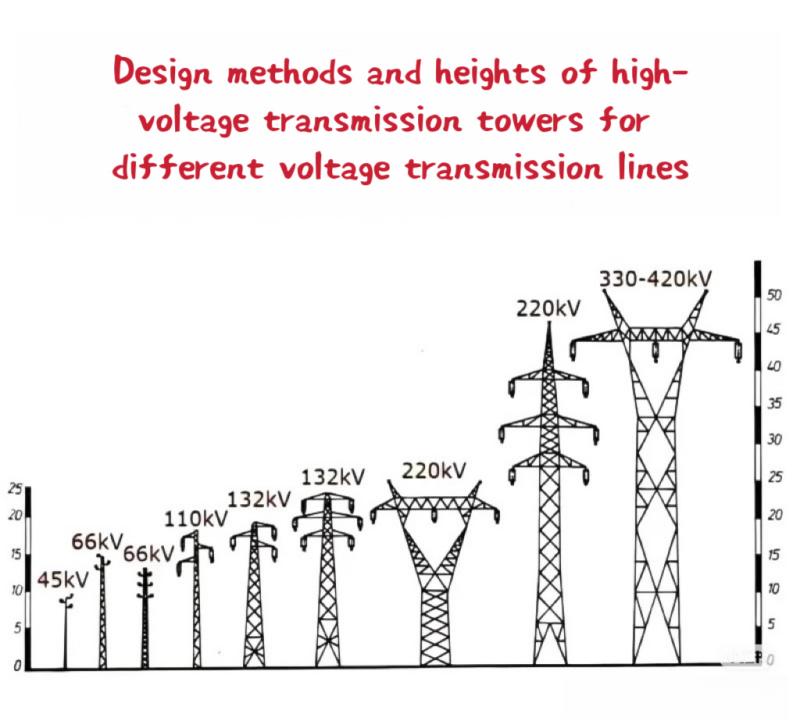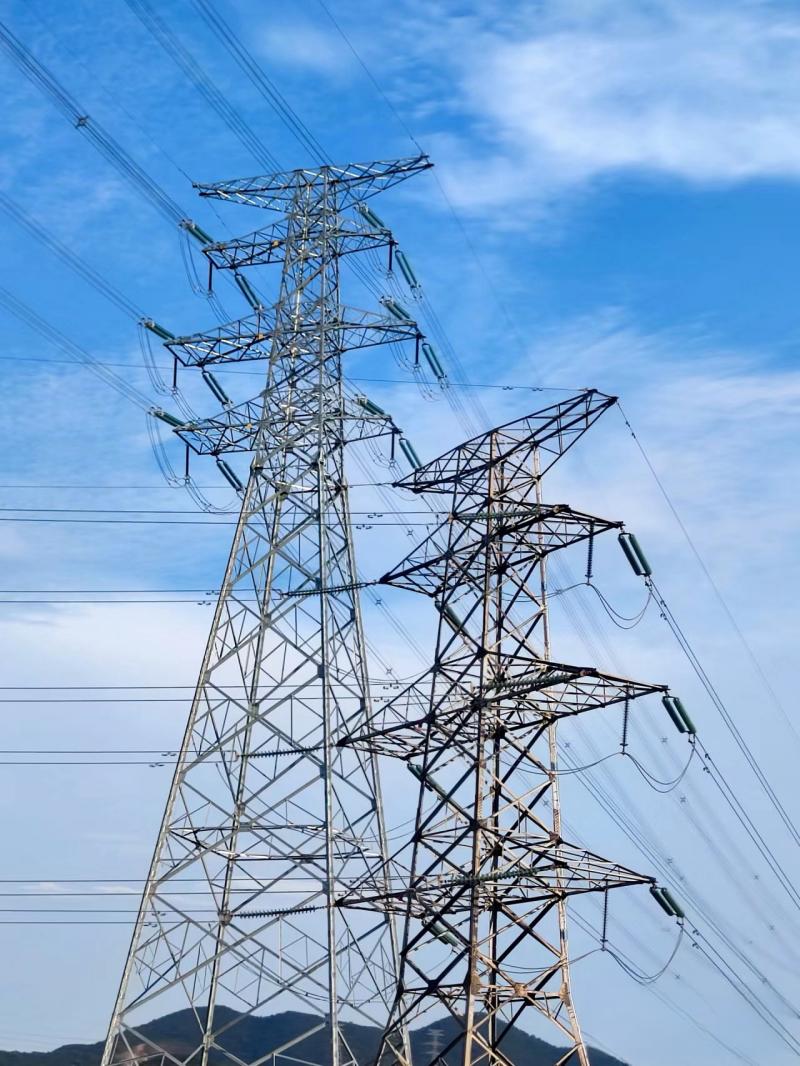- English
- Español
- Português
- русский
- Français
- 日本語
- Deutsch
- tiếng Việt
- Italiano
- Nederlands
- ภาษาไทย
- Polski
- 한국어
- Svenska
- magyar
- Malay
- বাংলা ভাষার
- Dansk
- Suomi
- हिन्दी
- Pilipino
- Türkçe
- Gaeilge
- العربية
- Indonesia
- Norsk
- تمل
- český
- ελληνικά
- український
- Javanese
- فارسی
- தமிழ்
- తెలుగు
- नेपाली
- Burmese
- български
- ລາວ
- Latine
- Қазақша
- Euskal
- Azərbaycan
- Slovenský jazyk
- Македонски
- Lietuvos
- Eesti Keel
- Română
- Slovenski
- मराठी
- Srpski језик
The relationship between Electric Transmission Tower design and voltage
2024-09-14
Electric transmission towers are structures used to support high-voltage transmission lines. The power transmission and transformation system transmits electrical energy from power plants to substations through these high-voltage lines, and then distributes it to various users. In this process, there is the following relationship between the electric transmission tower and the transmission and transformation voltage:

1. Voltage level: Transmission lines are classified according to their voltage level, such as 35kv, 110kv, 220kv, 500kv and even higher ultra-high voltage (UHV) lines. The design and specifications of the Electric Transmission Tower are also determined according to these voltage levels. The higher the voltage, the greater the spacing and height between Electric Transmission Towers are usually to avoid arcing and electromagnetic interference between lines.
2. Insulation requirements: As the voltage level increases, the requirements for insulators on the electric transmission tower also increase accordingly. High-voltage transmission lines require stronger insulators to prevent current leakage and arc discharge, and the design of the electric transmission tower needs to take into account the installation and support of these insulators.
3. Mechanical strength: High-voltage transmission lines usually transmit larger currents, which means thicker wires are required. Electric transmission towers must have sufficient mechanical strength to support these wires and be able to withstand various external environmental factors such as wind, ice and snow loads, etc.

4. Tower design: Different voltage levels of transmission lines require different types of Electric Transmission Towers. For example, low-voltage transmission lines may use a simpler Electric Transmission Tower structure, while high-voltage transmission lines require a complex multi-tower structure to provide greater stability and safety.
5. Safety distance: High-voltage transmission lines need to maintain a certain safety distance to prevent harm to the surrounding environment and personnel. The height and layout of the Electric Transmission Tower need to ensure that the safety distance between the wires and the ground, buildings, and vegetation complies with relevant regulations.
In summary, the relationship between the Electric Transmission Tower and the transmission voltage is closely related. The different voltage levels directly affect the design, structure and safety requirements of the Electric Transmission Tower.



